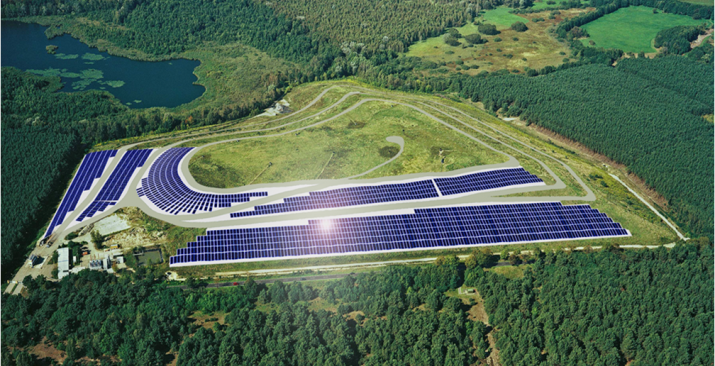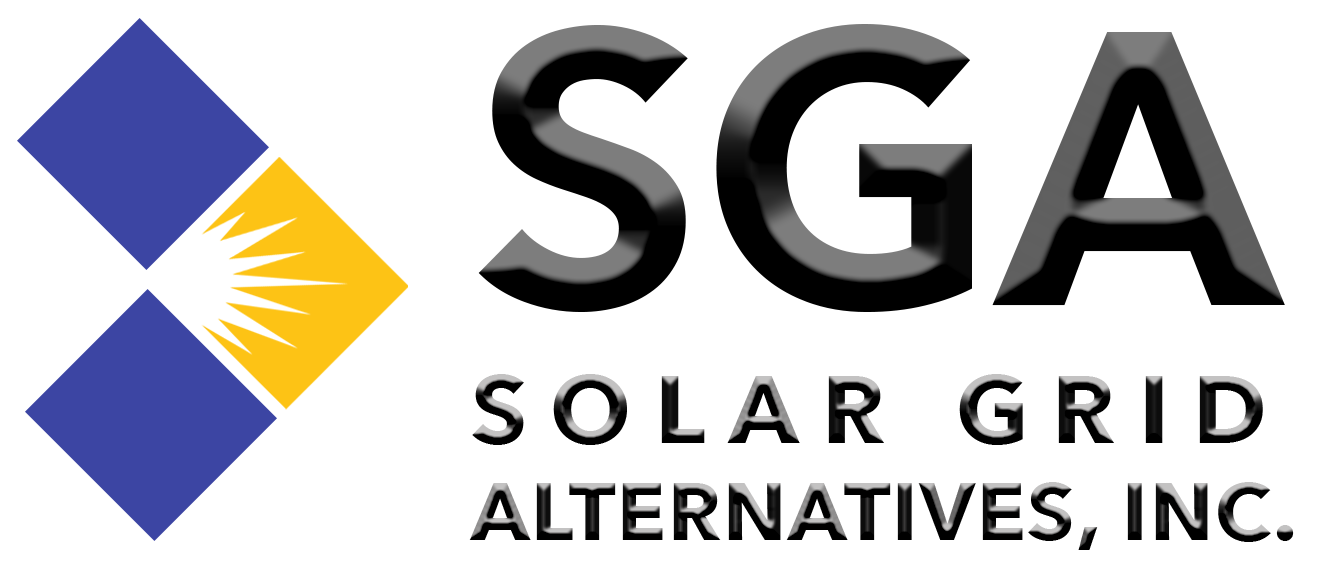
This short video truthfully discusses the progress, deterrents and milestones of Solar Power:
Narration:
Hi, Welcome to another Cold Fusion video.
Our sun is amazing if you think about it. Light from the sun travels millions of miles across space through our atmosphere and to us providing warmth, visual light and vital energy for plants on this earth. Imagine if we can utilize this energy from the sun in a meaningful significant way. This is what Solar Power aims to do.
We’ve been previously taken for a ride by bogus concepts like solar roadways but what is the truth about solar? Can it really change the world?
In this video, we will take a look at the current state of Solar Power. It actually seems like a Solar Movement is beginning. Let’s get straight into it–
Firstly, let’s see what we’re working with.
What is the raw input energy from the sun absorbed by the Earth?
The total energy absorbed by the Earth’s atmosphere, land and sea, is around 3.85 Yotta Joules per year. That sounds like gibberish right? So how much energy is that really? Well, just one hour of this energy exposure is more energy than the entire world consumes in one year. Or to put it another way, one year of this exposure from the sun contains twice as much energy than whatever began from all the earth’s non-renewable resources like coal, oil, natural gas and mined uranium combined. So that’s a lot of energy but obviously we can only use a fraction of it.
Taking into account insulation, cloud cover and land that’s usable by humans etc, we can use about 0.4-13% of this raw energy from the sun.
Alright, so how fast is the Solar Revolution Happening?
The growth of solar power adaptation is actually been happening pretty fast. About 40% per year since the year 2000. For some perspective, we’re currently generating over 97 times more energy from solar than in 2004. Although this sounds like a lot, right now total solar energy is still just over 1% of global production but the rate of increase is encouraging. In fact, a 2014 study by the International Energy Agency projected that solar power can supply 27% of global electricity generation by 2050.
Alright, so I know what some of you are thinking– that’s all a load of rubbish. Solar is too expensive and only works when it’s sunny so it’s useless in half the world. While this used to be true, in the past couple of years, some of the most common arguments against solar are starting to fall.
So, is it too expensive?
Let’s look at the current state of costs. Adjusting for inflation, the cost of a solar module per watt was 96 dollars in the mid-1970’s. Now thanks to technological advancement and economies of scale, the cost is now 36 cents per watt today. On the same train of thought, let’s take a look at some interesting breaking stories in relation to the falling costs of solar from around the world:
In the country of Chile, their Northern Grid Solar Panels generated more electricity that was consumed locally, causing the price of electricity to go down to zero. While this is great for consumers, solar investors are losing money, making it a disaster for them. The problem was caused by too many solar developers being in the same place without means of transmitting excess electricity to another grid.
A similar thing happened in Germany and their energy prices went negative due to an overabundance of energy from solar. In additional to traditional nuclear and coal power.
On a similar thread, Apple’s new solar farms are generating more energy than the company can use so it’s starting to sell the excess energy under a new company called Apple Energy.
Still on the topic of falling costs, Bloomberg has issued a report stating that the prices of solar could soon rival traditional coal.
China is leading the way in solar cell production and could be looking at costs as low as 8 cents per kilowatt-hour according to the Chairman of Trion (?), the world’s largest solar panel manufacturer.
And one last interesting fact in relation to solar panel cost: Since 2012, solar cells have been given a Moore’s law equivalent called Swanson’s Law. It states that solar cells costs would halve every ten years as global shipments increase.
Alright, this all sounds great, but the party for solar is over as soon as the clouds come out. Well this might not be entirely true, according to this guy anyway–
Interviewer: On this question of our energy bills which is a huge political topic here, now, have we got it wrong in terms of where we’re sourcing our energy?
Elon Musk: Mark my words, Solar will be the single largest producer of energy in the UK long term. And you may say, well isn’t it rather cloudy around here?
Interviewer: I was gonna say you’ve never been outside.
Elon Musk: Yes, and even though it’s cloudy, you still get probably 80-90% of the energy coming through the clouds. It’s just that you don’t have the bright point source of a sun. A way to appreciate this perhaps is to look at the fact that plants are essentially a solar-powered chemical reaction and UK is a very green country.
But that’s not all, this year, scientists have made solar panels that produce energy from both sunlight and rain. A step in the direction of all-year round solar energy generation. While we’re on the topic of breakthroughs, let’s move on a little bit and take a look at some new solar breakthroughs from this year alone.
First we have MIT, building 3D solar cells to offer a more stable output for different angles of the sun. They achieved anywhere from 2-20x the power output of a standard flat cell. This particular 3D set-up works so well because its design was optimized by a computer algorithm. MIT has also created solar cells as thin as a soap bubble.
This next breakthrough is probably by favorite because it involves a startup just finding a better way to do things.
Olga Malinkiewicz: Perovskites has an absorption coefficient that is much higher than silicon cell. It can absorb all the incoming sunlight in a layer that is thinner than the human hair.
The cells are super light, flexible, don’t crack like the traditional ones and can work in artificial light. As they can be easily manufactured by readily accessible materials, production is surprisingly cheap. The printing method chosen by Olga Malinkiewicz is stable and reproducible. This offers a possibility of scaling the manufacturing process. The foil will prolong the life of batteries used in popular electronic devices and mobile, tablet or laptop will charge even when exposed to artificial sources of light. Traditional solar cells will be replaced with technologically-advanced foils tightly attached to the roof. They may come in a wide range of colors to match the building’s design providing the household with electric power.
These guys are still getting venture capital, but it could really push the state of the art of solar forward if they succeed.
Taking a quick look at solar transport:
There is an autonomous boat called Scout that will be the first solar vehicle to cross the Atlantic. And there’s also an experimental aircraft called SolarImpulse that is currently flying around the world only using Solar Power, and lastly, Toyota released an updated version of the Prius with a solar panel roof that actually helps power the car this time.
Okay, so this is all great, but we can’t end the video without talking about some of the downsides. What are the drawbacks of Solar?
The main problems with Solar Power are as follows:
Naturally, on any particular day, energy demand fluctuates. One of the problems with solar is that it’s not easy to adjust the output to match these fluctuations. For example, peak demand happens at night in a household and this is the opposite time to when there’s peak energy input from the sun. Battery systems like Tesla’s Powerwall that store the energy and release it at a later time can help and in fact what few people notice is that batteries like this are now much safer, better for the environment, and much cheaper thanks to the rise of electric vehicles.
Despite this, more time is still needed until production is large enough to make this kind of energy storage technology ubiquitous.
The second problem with solar is that the best panels are currently about 30-35% efficient. Even though traditional coal is less than 50% efficient, there is still a way to go in terms of solar efficiency, but this should surely improve as the technology comes along in coming years.
And lastly, a problem with solar is that older electrical grids like those in the United States and other countries would require a great deal of capital investments in infrastructure upgrades to make them compatible with large scale solar energy.
Okay, so what is the conclusion we can make here?
While there are some kinks still left in solar and it’s not perfect, there’s plenty of smart people working on the problem and with a global growth rate of 40% year-on-year, progress is being made. In addition to this, governments have a renewed sense of urgency for solar. Germany wants to be 35% solar powered by 2020; China wants to be 20% by 2030 and the city of Sydney in Australia wants to be 100% solar powered by 2030 and this isn’t to mention Dubai’s plans to build the biggest and cheapest solar tower in the world.
The point of this video isn’t so much a matter of every breakthrough that you’ve seen here today reaching full-scale production but the thing you should takeaway and what I’ve been trying to show you through this video is that these breakthrough events are happening in a lot of places with increasing frequency too. This only means that the forces of industry progress in solar cells is likely to be strong going forward and this is exciting.
And just to finish off, I think there is something intrinsically charming about solar– that idea of gaining that usable energy from the sun for free.
Thanks for watching guys! I hope you learned a thing or two. Feel free to give this video a thumbs up if you liked to and subscribe if you need to the channel…
Video by: ColdFusion
